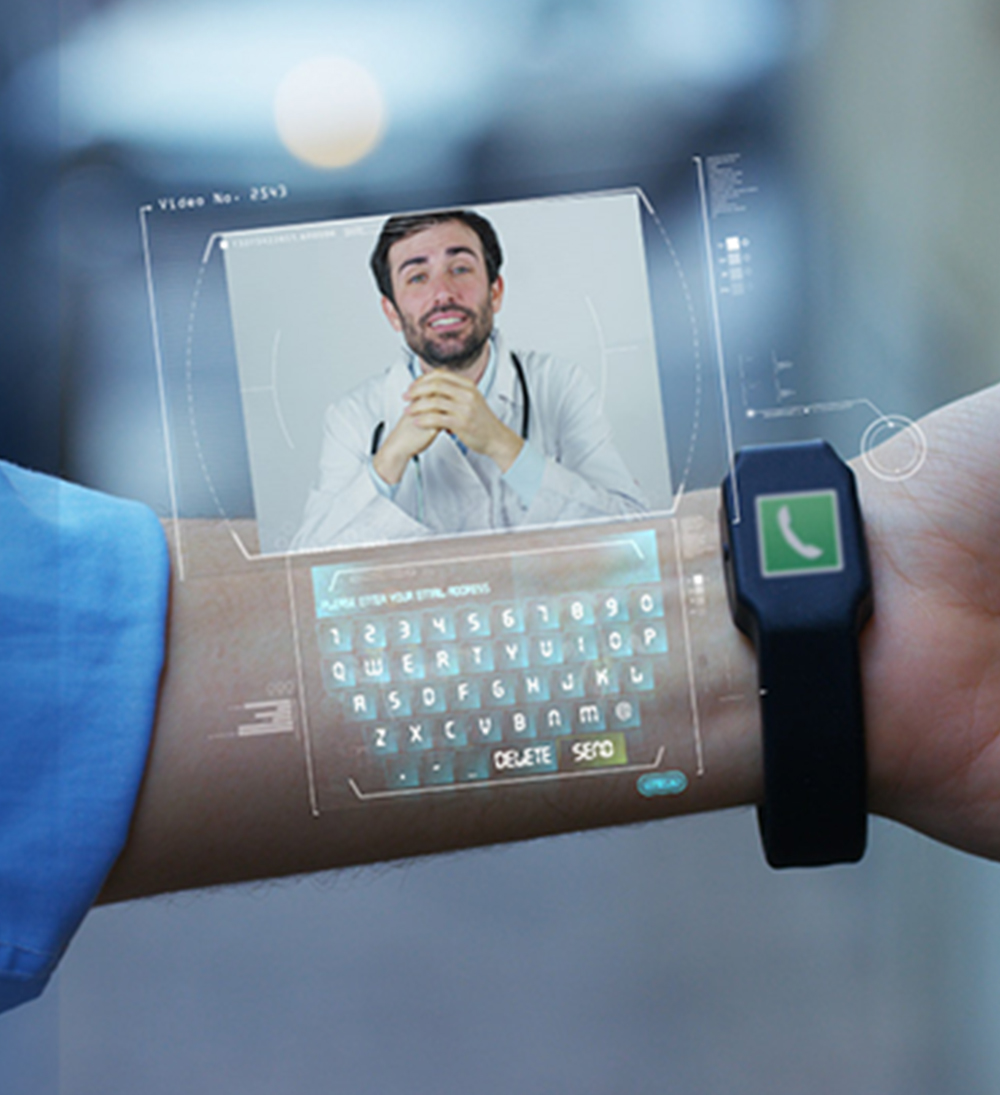Patient Engagement
Top 3 Ways Mobile-First Technologies Drive Care Coordination

Blog
Top 3 Ways Mobile-First Technologies Drive Care Coordination

This blog is a nuanced analysis of three specific ways, mobile-first technologies accelerate care coordination, boost Patient Experiences (PX) and ultimately drive outcomes.
Healthcare organizations need to harness the power of mobile technologies like smartphone applications and solutions to accelerate patient engagement. From managing their daily activities, learning and education to exploring the world of opportunities presented to them in the palm of their hand, smartphones have established their strong presence in creating immersive digital experiences.
The Statistica report 2021 indicates that an average American’s screen time is between five and six hours, a day. It’s critical that the healthcare ecosystem identifies the untapped opportunities to bridge the patient-physician communication gaps—thereby enhancing patient experiences and driving health outcomes. Furthermore, patients can leverage the convenience of smartphone use to seamlessly engage in their care plans to achieve their health goals. Mobile technologies also play a significant role in patient activation and proactive participation of patients in their health journeys.
This blog is a nuanced analysis of three specific ways, mobile-first technologies accelerate care coordination, boost Patient Experiences (PX) and ultimately drive outcomes.
From appointment reminders, online scheduling, patient education to prescription, refills and patient access, patient engagement portals play a massive role in facilitating cohesive and connected care. Patient engagement platforms, which were originally developed on PC interfaces have had a paradigm shift—now that most of the patient management portals are mobile-optimized or even integrating mobile-first technologies to simplify healthcare experiences. This shift has enabled patients to get a 360-degree view of their care pathways, anytime, anywhere-further enabling them to connect and communicate with their care coordinators on the go.
Care coordination solutions, driven by mobile-first technologies are reported to have a significant impact on patient experiences. When Hospitals and Practices send timely notifications, valuable patient education materials, appointment reminders, and automated preand post-surgical care coordination solutions they, simplify patient’s healthcare journeys, while helping them stay on top of their care pathways.
The quarter-trillion-dollar telemedicine industry has redefined care delivery forever. Telehealth solutions have seen a strong continued uptake in the COVID-19 era-enabling safe and secure virtual care, by integrating mobile technologies to transform care coordination at scale. What’s more, 75% of first-ever telemedicine users, in the wake of COVID-19 have reported high patient satisfaction, based on Wakefield research. With a favorable consumer perception, it’s no surprise that telemedicine adoption has increased multiple times from the pre-COVID-19 phase.
Many of the telehealth platforms are well-equipped with comprehensive solutions that have simplified doctors’ consultations for patients. Additionally Remote Patient Monitoring (RPM) platforms also leverage Patient Reported Outcomes, Social Determinants of Health (SDOH), IoTenabled devices to continuously track and monitor patient’s health.
This level of hyper-personalized solutions has holistically benefited multiple healthcare landscape stakeholders,thereby significantly reducing readmissions, and driving outcomes.
Healthcare consumers are overwhelmed with the busy work schedules that they tend to miss their Physician appointments. This is one of the primary reasons for the huge spike in no-show rates that cost the U.S healthcare system a staggering $150 billion, every year. Hospitals and Practices are realize the significance of patient outreach programs—in mitigating the effects of no-shows. With digital patient engagement solutions that integrate online appointment reminders, patient scheduling, chatbots and secure messaging features, hospitals witnessed a sizeable improvement in patient retention and reduction in no-shows.
That being the case, care providers can unlock a world of new possibilities when they adopt mobile-first technologies to improve care coordination, especially when strategically combined with digital patient engagement solutions.
To learn more about how SolvEdge’s mobile-driven care pathway solutions can facilitate
collaborative care and foster
high-touch mobile experiences, talk to our team.
From our humble beginnings as a healthcare start-up—to becoming a full-blown healthcare-exclusive digital transformation provider, our journey has been quite a remarkable one. Today, SolvEdge is a leading-edge Healthcare services and solutions provider—trusted by 450+ Hospitals, 3500+ Physicians and millions of patients across the globe.